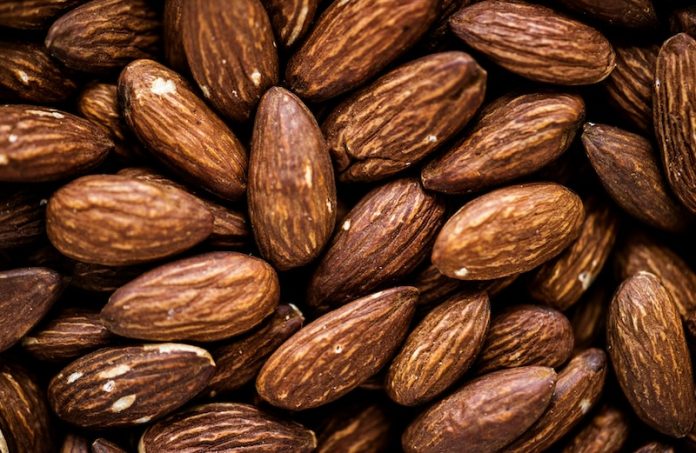
Eating enough fiber is not just good for your digestion; it can also play a major role in preventing type 2 diabetes. Research has shown that a diet rich in fiber helps regulate blood sugar levels, improve insulin sensitivity, and lower the risk of developing diabetes.
This simple dietary addition can have a big impact on your overall health, especially for those at risk of diabetes.
Fiber is a type of carbohydrate found in plant-based foods that your body can’t fully digest. There are two main types: soluble and insoluble fiber.
Soluble fiber dissolves in water and forms a gel-like substance in your digestive system, helping to slow the absorption of sugar into your bloodstream. Insoluble fiber adds bulk to stool and promotes healthy digestion.
Both types are beneficial, but soluble fiber has a particularly strong connection to blood sugar control. Foods like oats, beans, fruits, and vegetables are great sources of fiber.
One of the ways fiber helps prevent diabetes is by slowing the release of sugar into your blood. When you eat foods high in fiber, your body absorbs sugar more gradually, preventing sharp spikes in blood sugar levels.
This is crucial for reducing the strain on your pancreas, which produces insulin to regulate blood sugar. A study published in Diabetes Carefound that people who consumed high-fiber diets had a significantly lower risk of developing type 2 diabetes compared to those with low fiber intake.
Fiber also improves insulin sensitivity, meaning your body can use insulin more effectively. Insulin resistance is a key factor in the development of type 2 diabetes.
A review in The Journal of Nutrition found that diets high in fiber, especially from whole grains, were associated with improved insulin sensitivity and lower markers of inflammation, which are linked to diabetes.
Another benefit of fiber is that it helps with weight management, which is a critical factor in preventing diabetes. High-fiber foods are more filling, so they can help you feel satisfied with fewer calories. This reduces the risk of overeating and helps maintain a healthy weight.
Excess weight, particularly around the abdomen, is a major risk factor for developing diabetes. A meta-analysis published in The Lancet showed that people with higher fiber intake were more likely to maintain a healthy weight and had a lower risk of obesity-related diseases, including diabetes.
Fiber also supports gut health, which plays a surprising role in diabetes prevention. The good bacteria in your gut feed on fiber, producing substances that help regulate inflammation and improve metabolism.
Research in Cell Metabolism has revealed that a healthy gut microbiome, supported by a high-fiber diet, may lower the risk of insulin resistance and type 2 diabetes.
Despite its benefits, most people don’t get enough fiber. The recommended daily intake is around 25 grams for women and 38 grams for men, but studies show that the average person consumes far less.
Simple changes, like adding more fruits, vegetables, whole grains, and legumes to your meals, can help you meet these goals.
In summary, fiber is a powerful ally in the fight against diabetes. It helps regulate blood sugar, improves insulin sensitivity, supports a healthy weight, and promotes a balanced gut microbiome.
Including more fiber-rich foods in your diet is a simple yet effective way to protect yourself from type 2 diabetes and improve overall health. Making fiber a regular part of your meals is a small change that can lead to big benefits.
If you care about diabetes, please read studies about a cure for type 2 diabetes, and these vegetables could protect against kidney damage in diabetes.
For more information about diabetes, please see recent studies about bone drug that could lower risk of type 2 diabetes, and results showing eating more eggs linked to higher risk of type 2 diabetes.
Copyright © 2024 Knowridge Science Report. All rights reserved.



